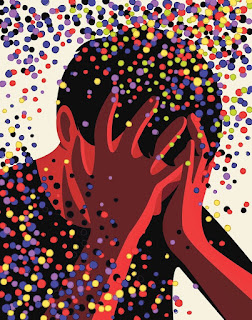A. Miller and M. C. Work
KFF Health News
Originally posted 22 Jan 24
Here is an excerpt:
The suicide rate for Hispanic people in the United States has increased significantly over the past decade. The trend has community leaders worried: Even elementary school-aged Hispanic children have tried to harm themselves or expressed suicidal thoughts.
Community leaders and mental health researchers say the pandemic hit young Hispanics especially hard. Immigrant children are often expected to take more responsibility when their parents don’t speak English ― even if they themselves aren’t fluent. Many live in poorer households with some or all family members without legal residency. And cultural barriers and language may prevent many from seeking care in a mental health system that already has spotty access to services.
“Being able to talk about painful things in a language that you are comfortable with is a really specific type of healing,” said Alejandra Vargas, a bilingual Spanish program coordinator for the Suicide Prevention Center at Didi Hirsch Mental Health Services in Los Angeles.
“When we answer the calls in Spanish, you can hear that relief on the other end,” she said. “That, ‘Yes, they’re going to understand me.’”
The Centers for Disease Control and Prevention’s provisional data for 2022 shows a record high of nearly 50,000 suicide deaths for all racial and ethnic groups.
Grim statistics from KFF show that the rise in the suicide death rate has been more pronounced among communities of color: From 2011 to 2021, the suicide rate among Hispanics jumped from 5.7 per 100,000 people to 7.9 per 100,000, according to the data.
For Hispanic children 12 and younger, the rate increased 92.3% from 2010 to 2019, according to a study published in the Journal of Community Health.



















